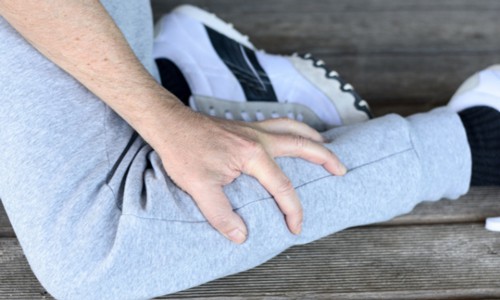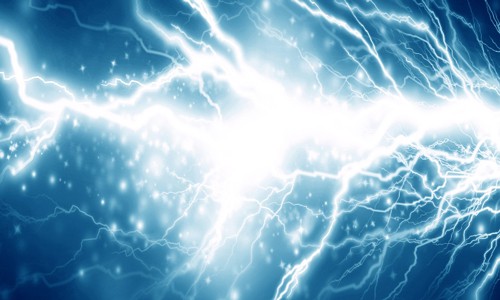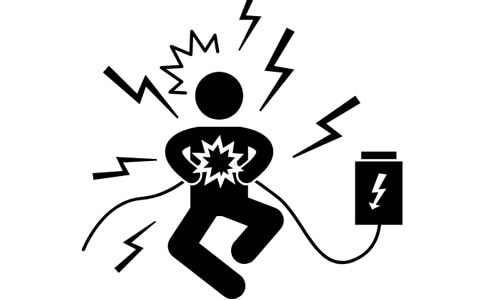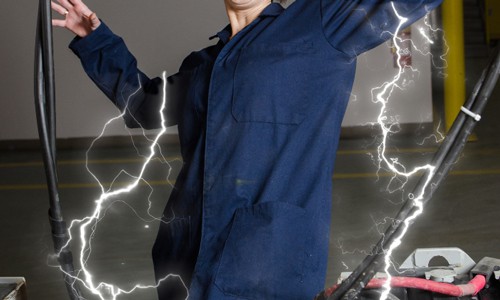Electricity possesses immense power, capable of both benefiting us and posing significant dangers. Meanwhile, the human body can surprisingly conduct electricity, raising the question: how many amps will kill you?
In this article, we will explore the risks associated with the electrical current when it encounters the human body. Additionally, we will discuss essential key takeaways that can prove invaluable during electrical accidents.
Table of Contents
Fatal Electric Current Levels
Electrical shock occurs when an electric current swiftly passes through the body, triggering a physiological response. This usually happens through direct contact with a live electrical source due to damaged insulation or faulty electrical equipment.
Gaining an understanding of the potential risks associated with electrical shock incidents that would normally be fatal is compulsory. Consequently, human tolerance to electric current can vary, but common levels of electricity can pose a fatal danger.
Generally, it is important to note that an electrical shock of 10 mA is considered dangerous to the human body and potentially fatal. Recognizing this rating is crucial in assessing the severity of electrical shock incidents.
Below is a chart outlining current ratings and a brief description of their potential effects:
| Current Ratings | Effect on the Human Body |
| 1-5 mA | You can feel a slight electrical shock. However, it is not so painful and will not cause any injury. However, the primary cause of harm is typically the forceful release from the electrical source. |
| 6-30 mA | Currents in this range can be extremely hazardous, resulting in excruciating discomfort and possibly even respiratory breakdown. Quick medical care is essential to avoid severe injury or probable death. |
| 50-150 mA | Electric currents between 50 and 150 mA can cause lethal respiratory paralysis, intense muscle spasms, and a much higher risk of ventricular fibrillation. These currents are thought to be extremely hazardous and necessitate emergency medical attention. |
| 1-4.3 Amps | Currents between 1 and 4.3 Amps are likely to cause ventricular fibrillation, which can lead to cardiac arrest and other potentially fatal consequences. In such circumstances, immediate medical help is required. |
| 10 Amps | Electric currents exceeding 10 Amps can result in serious tissue damage and burns, greatly raising the risk of cardiac arrest and other potentially fatal injuries that cause death instantly. |
Effects of Electrical Shock on the Human Body
1. Muscle Spasms
Electric shocks can cause muscle spasms or uncontrollable spasms. Normally, the intensity of the spasm depends on the current level of fluid flowing in human body. A lower current can only cause a modest muscle contraction, whereas a higher current may trigger a heavy contraction.
2. Cardiac Arrest
An electrical shock can alter the heart’s electrical rhythm, potentially leading to cardiac arrest. It is more likely that high-voltage shocks or shocks that pass through the chest, particularly the heart, would stop the heart rhythm.
3. Burns to Tissues and Organs
Burns to the skin, tissues, and internal organs can be caused by electrical shock. According to variables including voltage and current strength, exposure time, and the route taken by the electric current through the body, burns can vary in severity.
4. Affect The Nervous System
The peripheral and central nervous systems are susceptible to damage from electrical shock. It may cause neurological symptoms like tingling, numbness, weakness, and possible nerve damage, which could have long-term repercussions.
5. Other Unexpected Consequences
An electrical shock may have other unanticipated effects, depending on the situation and individual conditions. Usually, these disorders do not immediately appear, or the sickness develops over time after an electrical shock.
Factors Influencing the Danger of Electrical Shock
1. Type of Current
The severity of an electrical shock can vary depending on whether the current is alternating current (AC) or direct current (DC). Letting go of a live conductor when exposed to AC is more challenging than DC.
2. Current Strength
The level of electric current passing through the body is a factor that can cause greater danger. This is because higher currents and voltages can be more deadly or increase the possibility of serious injuries such as burns, heart problems, and internal organ damage.
3. Length of Time Got Electrocuted
The length of time someone is exposed to electric current affects how painful of a shock they receive. Longer periods give the current more time to pass through the body, possibly doing more extensive damage.
4. Body Condition
The human body’s resistance to electric current varies depending on skin hydration and composition. High resistance and dry skin can both restrict the flow of current, lowering the risk of electrical shock, unlike moist or wet conditions that can reduce resistance and raise the danger of damage.
5. Electrical Field Strength
The strength of the electrical field surrounding the current source can influence the danger of electrical shock. Higher field strengths can result in more significant currents flowing through the body upon contact, increasing the risk of severe injury.
Steps to Take in Case of Electrical Accidents
In the event of an electrical accident, quick and appropriate action can be crucial. If someone is getting an electrical shock, this is the right thing to do.
- Disconnect the power source from the main panel or the outdoor switch. Using a wooden stick or any nonconductive material is also helpful to prevent the risk of electric shock if these are already grounded.
- Immediately call for emergency medical assistance at your nearest hospital.
- If the person is incapacitated, applying first aid, such as administering CPR, is highly suggested.
Pro tip: Utilizing a GFCI circuit breaker or outlet is one of the most effective methods to avoid electrical shock. It’s essential to consistently connect your device to a circuit equipped with this feature, particularly when engaging in electricity-related tasks, especially those associated with water.
Frequently Asked Questions
Can 220 Volts Kill You?
Yes, 220v has the ability to kill a person. According to some reports, electrical shocks at voltages as low as 42v can cause severe injuries and even death.
Can You Survive at 5 Amps Electrical Shock?
A 5-amp electrical shock is extremely unlikely to be survived. This current can produce ventricular fibrillation, a potentially fatal condition resulting in cardiac arrest and death.
How Much Electricity Does Taser Have?
A typical Taser, used for self-defense or by law enforcement, delivers an electrical shock of approximately 50,000 volts peak rating. The shock normally lasts only a split second or a few seconds.
Conclusion
In conclusion, understanding how many amps will kill you can raise awareness of the potential dangers posed by electrical shock incidents. It is important to recognize that even low electric current levels can have noticeable effects on the human body.
By knowing the current threshold for fatality, individuals can be more vigilant and take necessary precautions when working with or around electricity.
Remember, prioritizing electrical safety is of the utmost importance. Educating oneself and others about the risks associated with electrical shock is crucial to preventing accidents and fostering a safer environment for everyone.

I am Andrew Wright. With 8 years of experience designing, installing, and maintaining electrical power systems. I love my job, and I have always wanted to offer others the necessary help so they can take care of their houses.













